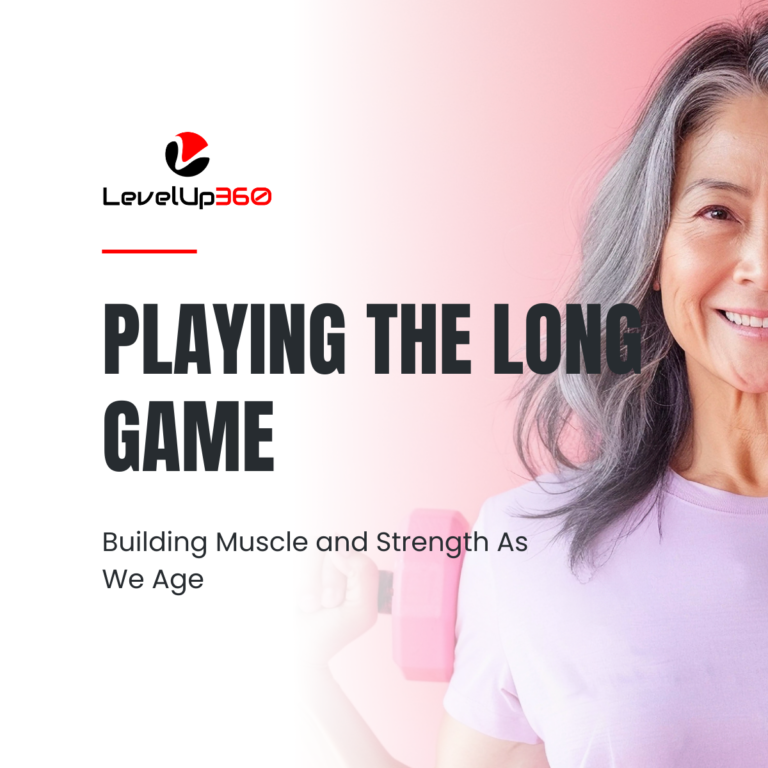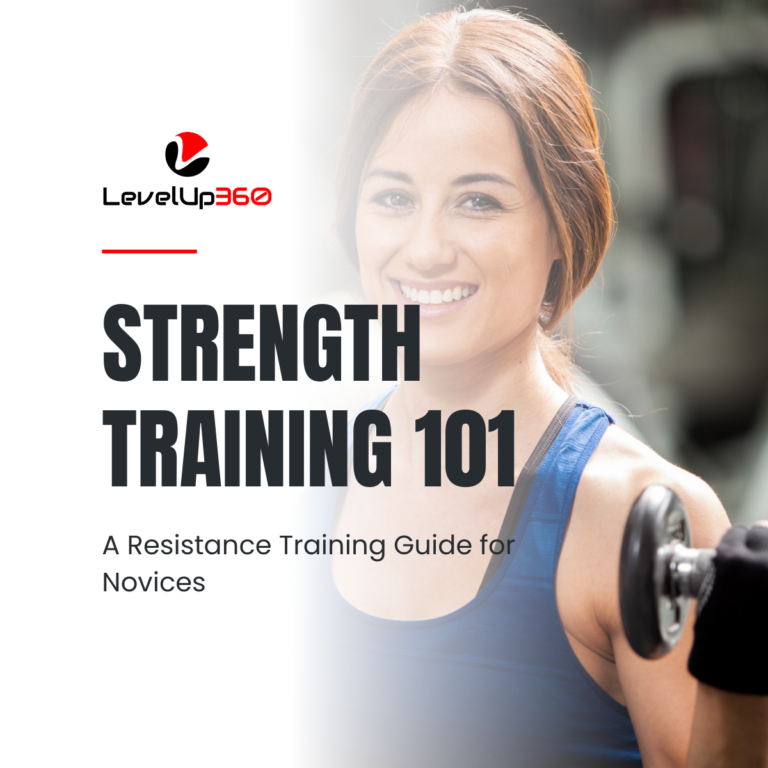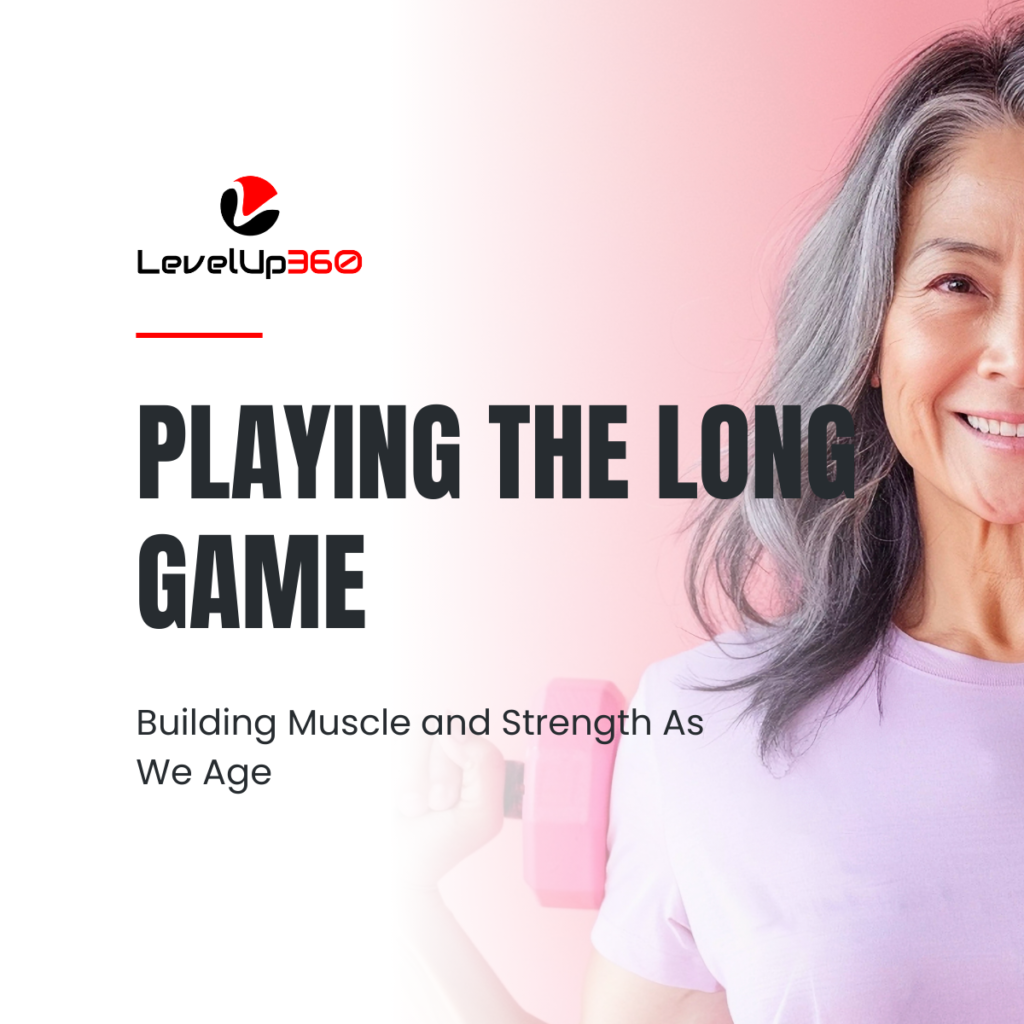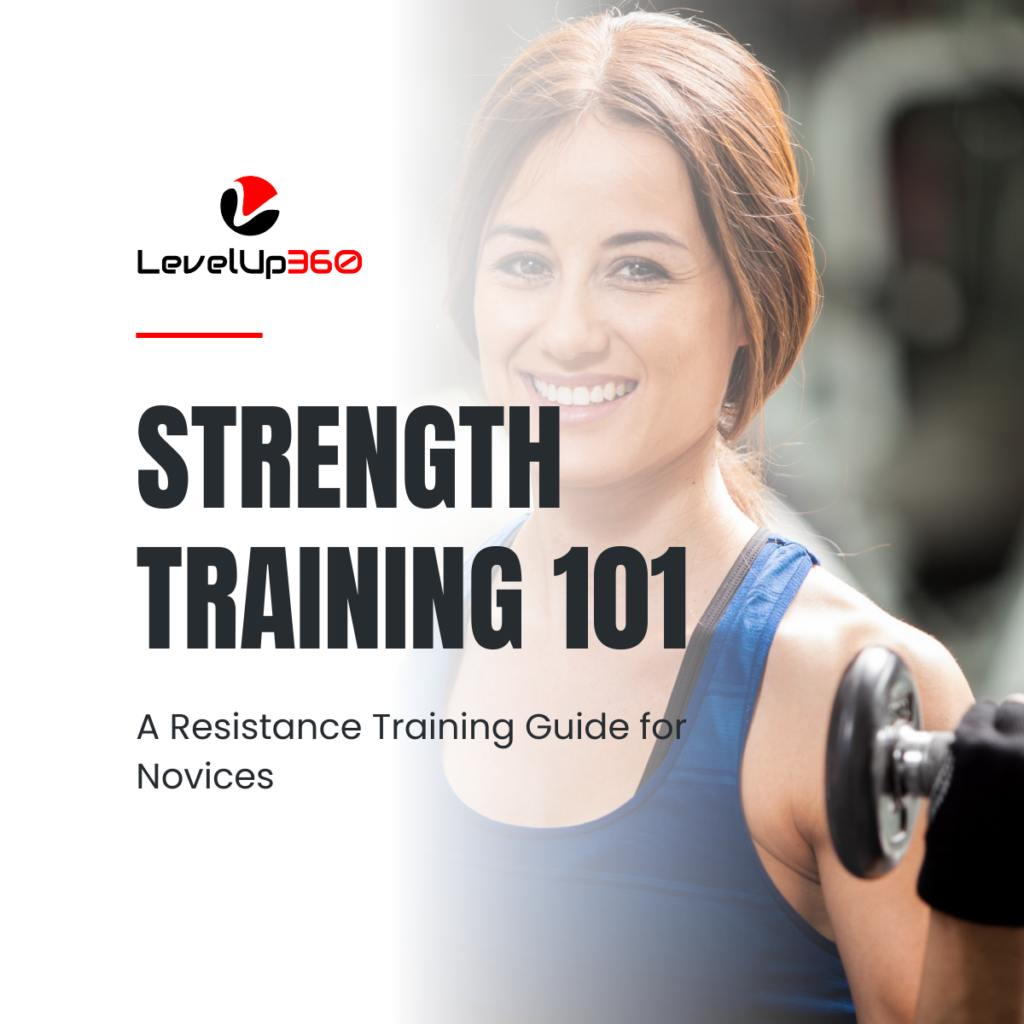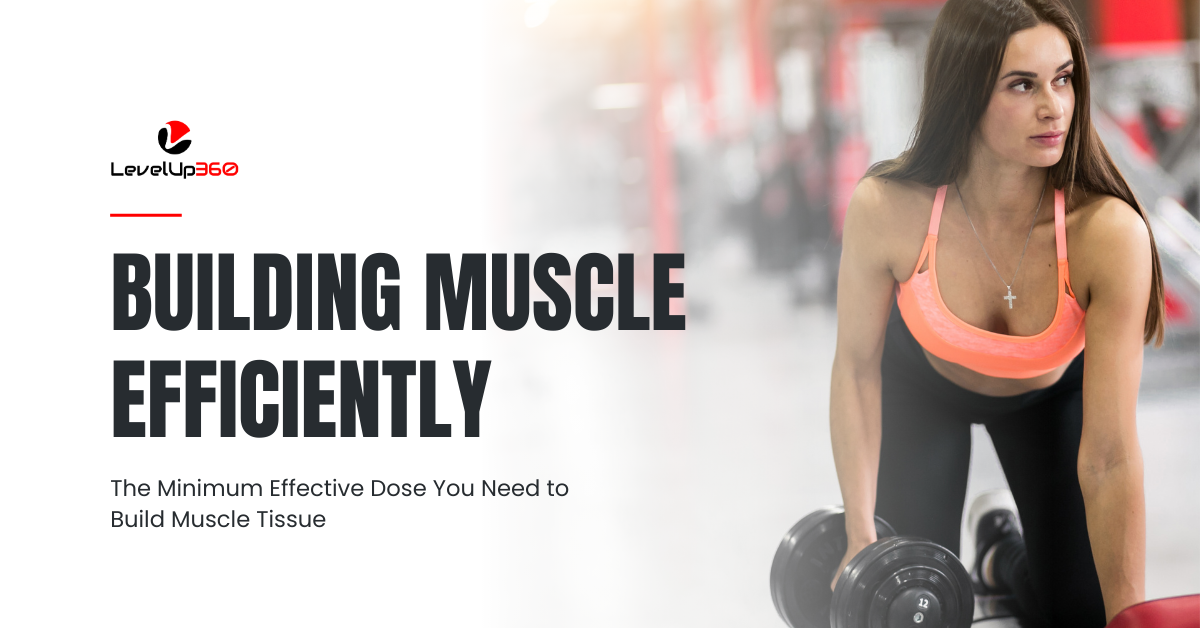
Building Muscle Efficiently: The Minimum Effective Dose You Need to Build Muscle Tissue
Muscular hypertrophy, or the growth of muscle tissue, is a common goal for many individuals who engage in resistance training. Whether you are looking to sculpt an impressive physique or an average person wanting to look and feel better, adding lean muscle mass can provide numerous aesthetic and health benefits.
However, the process of hypertrophy requires a significant investment of time and effort in the gym. Many popular muscle-building programs involve high volumes of training and long workouts multiple times per week. This can be challenging to sustain, especially if you have a busy schedule with limited time to devote to exercise.
The good news is, that research shows it’s possible to stimulate muscle growth with a much lower dose of training than commonly believed. By focusing on the minimum effective dose for hypertrophy, you can optimise your results while spending less total time working out. In this article, we will break down efficient hypertrophy training and provide practical guidelines for maximising muscle growth with fewer sets and reps.
For busy professionals over 35, a minimum effective dose approach to hypertrophy training can be especially valuable. As we age, our recovery capacity decreases and our time demands often increase with family and career obligations. Trying to maintain high-volume routines can lead to burnout, injury and diminishing returns. By stripping your training down to the essentials and focusing on quality over quantity, you can build muscle in a time-efficient and sustainable way without compromising your health or lifestyle. A minimalist hypertrophy program is also easier to maintain when work or travel disrupts your normal routine – a major benefit for those with unpredictable schedules.
By stripping your training down to the essentials and focusing on quality over quantity, you can build muscle in a time-efficient and sustainable way without compromising your health or lifestyle
Key Concepts
Before discussing the specifics of hypertrophy training, let’s define a few important terms and concepts:
- Hypertrophy – The enlargement of muscle fibres in response to mechanical tension and metabolic stress from resistance training.
- Mechanical Tension – The amount of force generated in a muscle and the stretch it undergoes during contraction. Higher tension produces greater muscle damage and growth stimulus.
- Metabolic Stress – The buildup of metabolites like lactate and hydrogen ions in muscle tissue from anaerobic glycolysis. Metabolite accumulation triggers anabolic signalling pathways.
- Volume – The total number of sets, reps and exercises performed per muscle group over a given time period (usually measured weekly).
- Frequency – How many times per week a muscle group is trained. Higher frequencies allow for more practice and growth stimulus.
- Intensity – The amount of effort or relative load used (percentage of 1-rep max). Training to failure or close to it increases intensity.
- Drop Sets – Drop sets involve decreasing the weight and immediately continuing with another set, with minimal rest in between. For example, you complete a set of bicep curls with a challenging weight until muscle failure. Then you immediately reduce the weight by 10-20% and complete another set until failure again. You would repeat this process for the indicated number of drop sets.
- Rest-Pause Sets – With rest-pause sets, you complete one difficult set until failure (or the indicated RIR). Then you rack the weight and take a very short 10-30 second rest. After the quick rest, you immediately do another set with the same weight until you reach failure (or the indicated RIR) again. You repeat this for the indicated number of rest-pause sets.
- Smart Supersets – Also known as antagonist paired sets, involve combining exercises for opposing muscle groups into supersets with no rest between them. For example, you would perform a set of rows, which target the back muscles, followed immediately by a set of bench press, which targets the chest muscles, with no rest in between. After completing one set of each exercise, you would then take a longer rest before repeating the superset.
Defining Hypertrophy and Tracking Progress
Muscle hypertrophy can be measured in a few key ways:
- Muscle thickness – assessed by ultrasound or MRI scans
- Muscle cross-sectional area – measured by CT scan or MRI
- Lean body mass – total weight of body tissue excluding fat, measured by DEXA scan or hydrostatic weighing
- Circumference measurements – using a tape measure on arms, legs, chest, etc.
For most people, methods like DEXA scans and MRIs aren’t realistic for regular progress tracking. The most practical ways to assess muscle growth are:
- Scale weight – As long as body fat remains stable or decreases, increases in scale weight generally reflect muscle gain.
- Progress photos – Taking standardized front, side and rear photos in consistent lighting every 4-8 weeks can visually show changes in muscle size.
- Circumference measurements – Using a tape measure to track the circumference of your arms, legs, chest and other areas can quantify muscle growth over time.
- Clothing fit – If your clothes are feeling tighter in the shoulders, arms, chest and legs, that’s a good sign you’re gaining muscle (assuming your waist isn’t expanding too).
- Gym performance – While not a direct measure of hypertrophy, consistent increases in the weights used for a given rep range indicate growth.
Using a combination of these methods and tracking them in a spreadsheet or journal will paint a clear picture of your muscle-building progress over time. The key is being consistent with measurement procedures and giving enough time between assessments to allow measurable changes to occur.
Training Variables that Drive Hypertrophy

There are three main training variables that influence the hypertrophic response to resistance exercise:
Mechanical tension – Mechanical tension disturbs the integrity of muscle tissue, triggering anabolic signalling pathways and satellite cell activation involved in repair and growth. Higher tension through heavy loading and stretch under load is ideal for stimulating this mechanism.
Metabolic stress – Buildup of metabolites like lactate, hydrogen ions and creatine increases cell swelling, enhances muscle fibre recruitment, and elevates anabolic hormones like growth hormone and IGF-1. Training methods that prolong time under tension and generate hypoxia (occlusion training, drop sets) maximise metabolic stress.
Muscle damage – The micro-trauma to contractile proteins and connective tissues from novel or strenuous exercise generates an inflammatory response and stimulates satellite cell activity. Exercises with a high eccentric (negative) component and full ROM promote muscle damage.
To maximize hypertrophy, your training should be designed with these factors in mind. Traditional hypertrophy training uses moderate loads (67-85% 1RM) for medium to high volumes (3-5 sets of 6-15 reps per exercise) with rest periods (60-90 seconds). This approach emphasises metabolic stress with enough load and volume to generate mechanical tension and muscle damage as well.
However, research in recent years has started to challenge some long-held hypertrophy training dogma. We’re now seeing that muscle growth can be effectively stimulated with lower overall training volumes if intensity (load and effort) is high enough. This has important implications for designing time-efficient hypertrophy programs.
Key Research Findings
- Durable muscle growth can be achieved with 2-3 sets per exercise (6-9 sets per muscle group per week).
- Increasing volume beyond 10 sets per muscle per week rarely enhances growth for most people.
- Hypertrophy training should be done with the majority of sets in the 6-15 rep range with 0-3 reps shy of failure.
- Higher-volume, lower-intensity training produces similar growth to low-volume, high-intensity training when sets are taken close to failure.
- Muscle protein synthesis remains elevated for 24-72 hours post-workout, so hypertrophy training is ideally done 2-3 times per week.
- Smart Supersets, rest-pause and drop sets can cut the time required for an effective workout in half when programmed smartly.
Minimum Effective Dose Program Outline
Now that we’ve covered the key research findings and training variables, let’s outline what a minimum effective dose hypertrophy training program might look like:
Training Frequency: Train each muscle group directly 2-3 times per week. You can do this with a full-body routine performed 2-3 times weekly, or a push-pull or upper-lower split done 4 times per week. Higher frequencies allow greater practice and growth stimulus without compromising recovery.
Volume: Perform 3-4 sets of 2-3 exercises per muscle group in each session. On the lower end, 2-3 sets per exercise is the minimum needed to maximise hypertrophy. Aim for 10-12 total sets per muscle group per week.
Intensity: Ensure the majority of sets are done with 75-85% of 1RM (6-12 reps) taken to 1-2 reps shy of failure. Periodically include sets in the 4-6 and 12-15 rep ranges to maximise strength and endurance adaptations as well.
Exercise Selection: Focus on compound exercises that allow for safe training at the higher end of the hypertrophy intensity range. Using primarily multi-joint movements allows you to train a greater amount of muscle mass per exercise. While isolating muscles isn’t necessary for growth, strategically including some single-joint exercises (bicep curls, leg extensions, lateral raises, etc.) can help bring up lagging muscle groups and improve training variety.
Rest Intervals: Use 60-180 seconds of rest between sets. Shorter rest promotes metabolic stress while longer periods allow heavier loads and higher mechanical tension. Mixing up your rest periods is ideal for maximising hypertrophy through multiple pathways.
Additional Considerations
Progressive Overload: To continue making gains over time, you must gradually increase training volume, intensity or both. This is best accomplished by adding weight to the bar whenever you can complete your target reps for each set. Aim to increase loads by 2-5% when you can do 2-3 reps over your target for 2-3 sets in a row.
Periodisation: Your body will adapt to any training stimulus over time, so it’s important to systematically vary your training. Periodising your training with blocks of 4-8 weeks focused on different rep ranges, exercises and volume-intensity ratios can help prevent plateaus.
Deloads: Taking a week to decrease training volume and intensity every 4-6 weeks promotes recovery and reduces the risk of overtraining. During a deload, reduce your weights by 10-20% and perform 2-3 sets per exercise stopping well short of failure.
Nutrition: Eating enough calories and 1.6-2.2 g/kg of body weight in protein daily will optimally support muscle growth.
Recovery: Getting 7-9 hours of sleep per night, staying hydrated, and managing stress will improve your body’s ability to repair, recover and grow from your training. Techniques like massage and sauna can also be used to facilitate between-session recovery.
Putting it All Together - Sample Minimum Effective Dose Hypertrophy Program

3-day full body workout:
Here’s what a bare-bones, minimum effective dose hypertrophy program might look like using a 3-day/week split:
Day 1: ~35 min
- Squat Pattern – 4 sets x 6-10 reps x 1-3 RIR (if using free weights) / 0-2 RIR (if using machine)
Smart superset:
- Leg Curl – 1 set x 8-15 reps x 0-2 RIR + 3 drop or rest-pause sets
- Leg Extension – 1 set x 8-15 reps x 0-2 RIR + 3 drop or rest-pause sets
- Standing Calf Raise – 1 set x 8-15 reps x 0-2 RIR + 3 drop or rest-pause sets
Day 2: ~ 25-30 min
Smart superset:
- Horizontal Push Pattern (i.e. BB or DB Bench Press) – 4 sets x 8-15 reps x 1-3 RIR (if using free weights) / 0-2 RIR (if using machine)
- Horizontal Pull Pattern (i.e. Seated Cable Rows) – 4 sets x 8-15 reps x 1-3 RIR (if using free weights) / 0-2 RIR (if using machine)
Smart superset:
- Vertical Push Pattern (i.e. BB or DB Overhead/High Incline Press) – 3 sets x 8-15 reps x 1-3 RIR (if using free weights) / 0-2 RIR (if using machine)
- Vertical Pull Pattern (i.e. Lat Pull Down) – 3 sets x 8-15 reps x 1-3 RIR (if using free weights) / 0-2 RIR (if using machine)
Day 3: ~35 min
Smart superset:
- Back Extension – 3 sets x 8-15 reps x 0-2 RIR
- Abs – 3 sets x 8-15 reps x 0-2 RIR
Smart superset:
- Crossover – 1 set x 8-15 reps x 0-2 RIR + 3 drop or rest-pause sets
- High Row – 1 set x 8-15 reps x 0-2 RIR + 3 drop or rest-pause sets
Smart superset:
- Biceps – 1 set x 8-15 reps x 0-2 RIR + 3 drop or rest-pause sets
- Triceps – 1 set x 8-15 reps x 0-2 RIR + 3 drop or rest-pause sets
- Seated Calf Raise – 1 set x 8-15 reps x 0-2 RIR + 3 drop or rest-pause sets
For each workout, perform 1-2 warm-up sets before your work sets, and rest 90-180 seconds between sets. After 4-6 weeks, you can modify exercise selection, rep ranges, and rest periods or implement more advanced techniques like drop sets and rest-pause sets to keep progress moving.
Remember, the key to success with a minimum effective dose approach is pushing close to failure and maintaining consistency over time. You don’t need a huge training volume to gain appreciable muscle if your workouts are challenging and you’re recovering properly between them.
Conclusion
If you’re looking for an efficient and effective way to build muscle, implementing a minimum effective dose approach to hypertrophy training is a smart move. By focusing your workouts around a core of challenging, compound exercises and doing just enough volume to stimulate growth, you can achieve impressive results without living in the gym.
The sample workouts provided here are a great starting point, but don’t be afraid to experiment and find what works best for your body and lifestyle. As long as you’re training with high effort, progressing over time, and aiming to maximise your results in minimum time, you’ll be on the right track.
Building muscle doesn’t have to mean hours upon hours spent pumping iron. With a minimum effective dose hypertrophy program, you can spend less time working out while still making gains and enjoying your life outside the gym. Put these principles into practice and see for yourself just how effective streamlined training can be.
Recommended reading
Recommended reading
Additional Resources
Feeling in control of your health
If you are interested in improving your health and wellness, check out other resources such as Our Blog, Free Resources and/or join our private Body-Mind Transformation Secrets Community on Facebook, and go on an even deeper dive with me to uncover how to succeed in your health and wellness goals.
You may also be interested in our Sleep Secrets Cheat Sheet. It is a great resource with strategies to fix and optimize your sleep which is crucial to succeeding in your health and wellness goals.
Resources
Pictures

